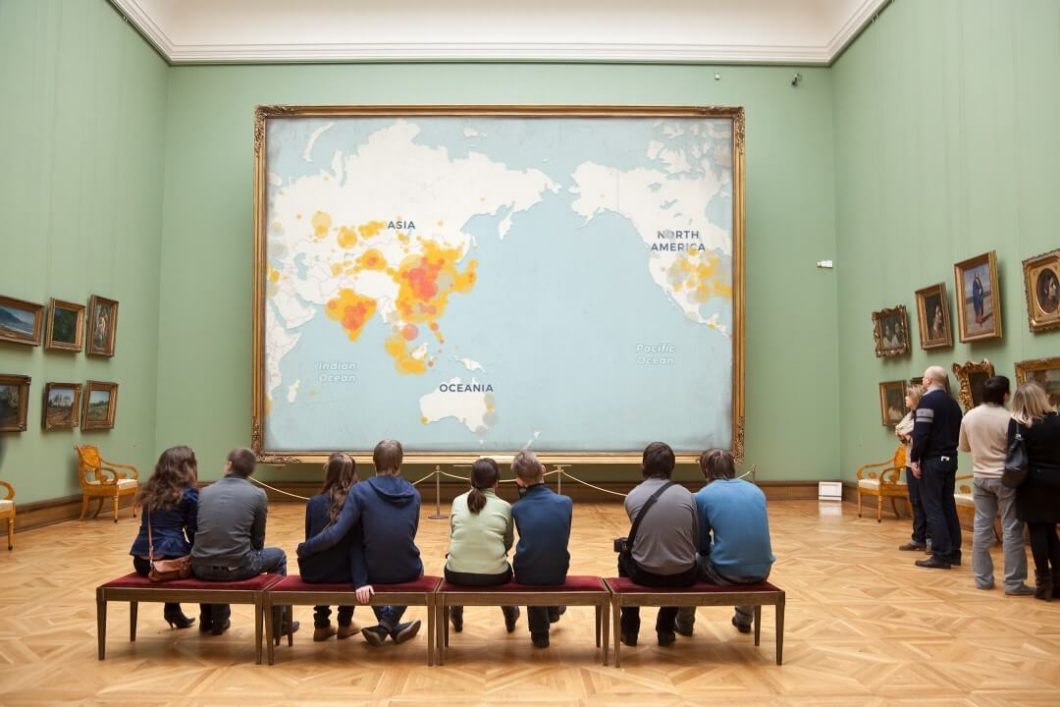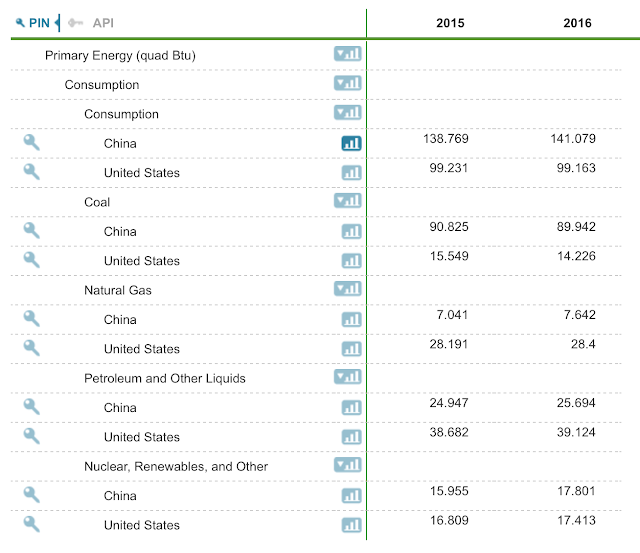Climate change environmentalists come bearing a Green New Deal.
Table of Contents
- Intergovernmental Panel on Climate Change gives its recommendations
- How much economic damage climate change will do
- Spread over a century, the costs of moving and adapting are not as imposing as they seem
- Green New Deal Insurance?
- China has been building about one coal fired power plant a week.
- A Green New Deal. But for who?
Intergovernmental Panel on Climate Change gives its recommendations
“Reduced gender inequality & marginalization in other forms, improved access to & control of local resources; manipulation of disturbance regimes; behavioural shifts, or institutional & managerial changes that produce substantial shifts in outcomes, individual & collective assumptions, beliefs, values & worldviews influencing climate-change responses”
There is an obvious inefficiency of IPCC recommended regulations
Perhaps these are worthy goals, however they are not scientifically valid, cost-benefit-tested policies to cool the planet.
How much economic damage climate change will do
Models struggle to come up with economic costs commensurate with apocalyptic political rhetoric. Typical costs are well below 10% of gross domestic product (GDP) in the year 2100 and beyond.
The abstract of their calculation of economic damage of climate change is in a working paper: A Survey of Global Impacts of Climate Change: Replication,
Survey Methods, and a Statistical Analysis:
“….the estimated impact is-2.04 (± 2.21) % of income at 3 °C warming and -8.06 (± 2.43) % of income at 6 °C warming. We also considered the likelihood of thresholds or sharp convexities in the damage function and found no evidence from the damage estimates of a sharp discontinuity or high convexity.” http://papers.nber.org/papers/w23646
10% less GDP in 100 years corresponds to 0.1 percentage point less annual GDP growth. Climate change therefore does not justify policies that cost more than 0.1 percentage point of growth. If the goal is 10% more GDP in 100 years, pro-growth tax, regulatory and entitlement reforms would be far more effective.
Yes, the costs are not evenly spread. Some places will do better and some will do worse. The American South might be a worse place to grow wheat; Southern Canada might be a better one. and so on.
Spread over a century, the costs of moving and adapting are not as imposing as they seem
Rotterdam’s dikes are expensive, but not prohibitively so. Most buildings are rebuilt about every 50 years. If we simply stopped building in flood-prone areas and started building on higher ground, even the costs of moving cities would be bearable. Migration is costly, but much of the world’s population moved from farms to cities in the 20th century.
Healthy societies do not fall apart over slow, widely predicted, relatively small economic adjustments of the sort painted by climate analysis. Societies do fall apart from war, disease or chaos. Climate policy must compete with other long-term threats for always-scarce resources.
Green New Deal Insurance?
Facing this reality, some advocate that we buy some “insurance.” Sure, they argue, the projected economic cost seems small, but it could turn out to be a lot worse. But the same argument applies to any possible risk., nuclear war, crop failure, a world war or pandemics.
If you buy insurance against every potential danger, you soon run out of money. You can sensibly insure only when the premium is in line with the risk—which brings us back where we started, to the need for quantifying probabilities, costs, benefits and alternatives.
If you buy overpriced insurance for each catastrophe you exhaust GDP quickly. Catastrophes affect marginal utility a lot, so when you insure against one you change the state-contingent valuations of another.
Anger at Co2 dispensaries neglect China: (Data from EIA)
Just why have China’s carbon emissions risen so much in the last decade?
China has been building about one coal fired power plant a week.
China uses half again more energy than the US, to produce $13.6 trillion vs. $20.5 trillion of GDP. That energy is strikingly weighted to coal (90 vs. 14 QBTU). A comprehensive analysis is here Mapped: The world’s coal power plants
A Green New Deal. But for who?
Bank of England governor, Mark Carney has taken the lead demanding a “commitment of all actors…” and that “climate action bolsters economic growth.” Policies wholeheartedly nostrum’d by Bernie Sanders, AOC and adherents of such things.
Investing in a technology that produces the same thing more expensively does not help long-run growth. It may help the environment, but it does not help growth.
Even the IMF has a new initiative to nag central banks of small countries having exchange rate crises that they need to take “proactive steps” to “promote a greener world,” with “green quantitative easing” programs” to “purchase of bonds funding energy-efficient/renewable projects.” Let’s see, just what is the effect of, say, Argentina, moving to electric cars, on Argentina’s GDP and ability to pay its debts, via lowering global carbon emissions, in the next decade or two?
RSS feed and smashed from many sources. Please visit its primary authorship at Grumpy Economist




